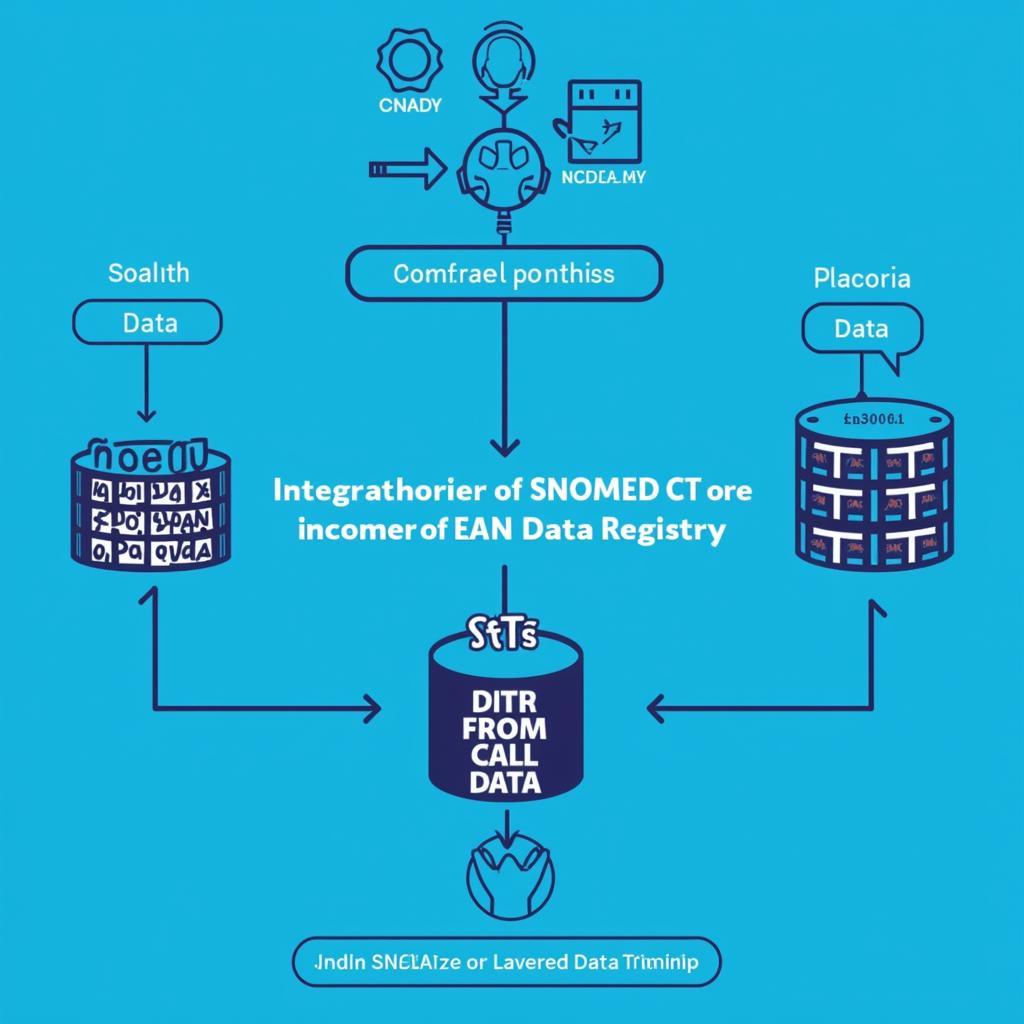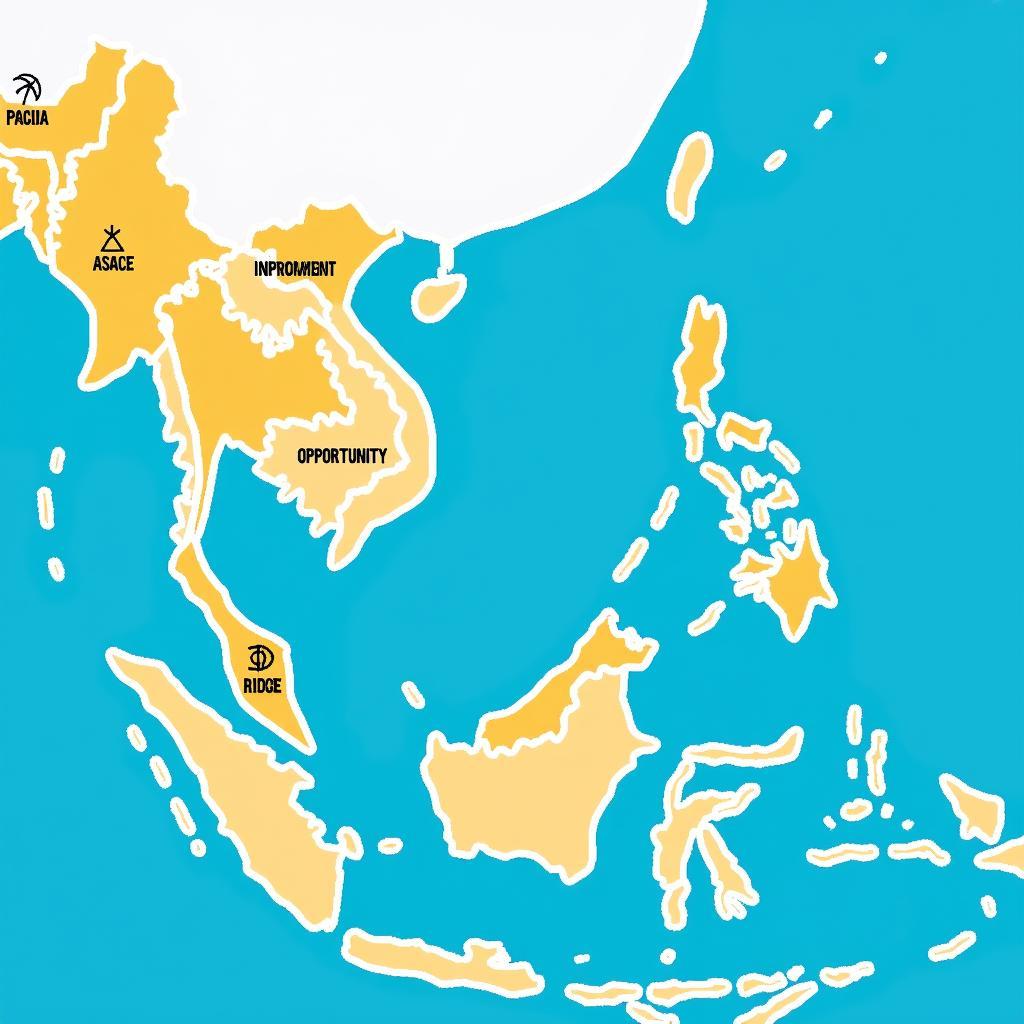The ASEAN region is embracing digital health transformation, and a key component of this evolution is the implementation of standardized terminologies like SNOMED CT. Understanding the intersection of an ASEAN registry and SNOMED CT is crucial for navigating the future of healthcare data interoperability in the region.
The Importance of SNOMED CT in an ASEAN Registry
A standardized healthcare terminology like SNOMED CT (Systematized Nomenclature of Medicine – Clinical Terms) provides a common language for recording and exchanging health information. This is particularly crucial for an ASEAN registry, which aims to facilitate cross-border health data sharing and collaboration within the diverse member states. Imagine trying to compile meaningful data from ten different countries, each using their own system of classifying diseases and procedures. The result would be chaos. SNOMED CT offers a solution by providing a consistent framework for describing clinical findings, diagnoses, procedures, and more. This enhances the quality, reliability, and comparability of data collected across the ASEAN region.
 ASEAN SNOMED CT Integration
ASEAN SNOMED CT Integration
Using SNOMED CT in an ASEAN registry fosters better patient care, supports public health surveillance, and enables more effective research. By allowing for seamless data exchange, healthcare providers across the region can access a patient’s complete medical history, regardless of where they were treated. This can significantly improve the quality of care, especially in emergencies or for patients with chronic conditions.
Benefits of Implementing an ASEAN Registry with SNOMED CT
Implementing a unified health registry using SNOMED CT across ASEAN countries yields significant benefits:
- Improved Data Interoperability: SNOMED CT acts as a universal translator, ensuring that healthcare information can be easily understood and used across different systems and countries.
- Enhanced Patient Safety: Accurate and consistent medical information reduces the risk of medical errors and improves the coordination of care.
- Facilitated Research and Public Health Surveillance: A centralized registry with standardized data enables researchers and public health officials to track disease trends, identify outbreaks, and evaluate the effectiveness of healthcare interventions.
- Support for Cross-Border Healthcare: SNOMED CT makes it easier for patients to receive care in different ASEAN countries, as their medical information can be readily accessed and understood.
- Strengthened Regional Health Collaboration: The registry fosters collaboration among ASEAN member states in addressing shared health challenges.
“Standardized terminologies like SNOMED CT are the backbone of effective health information exchange,” states Dr. Amelia Tan, a leading expert in health informatics in Singapore. “Implementing SNOMED CT in an ASEAN registry is a significant step towards building a more integrated and resilient healthcare system across the region.”
Challenges and Opportunities in Implementing SNOMED CT in ASEAN
While the benefits are clear, implementing SNOMED CT within an ASEAN registry presents certain challenges:
- Varying levels of technological infrastructure: Some ASEAN countries may require significant investment in IT infrastructure to support SNOMED CT implementation.
- Training and capacity building: Healthcare professionals need to be adequately trained on using SNOMED CT effectively.
- Language and cultural differences: Adapting SNOMED CT to the diverse languages and cultural contexts within ASEAN requires careful consideration.
However, these challenges also represent opportunities for growth and collaboration. Sharing best practices and providing technical assistance can help countries overcome implementation hurdles. “By working together, ASEAN member states can leverage the power of SNOMED CT to transform their healthcare systems and improve the health of their populations,” adds Dr. Maria Santos, a public health specialist from the Philippines.
 SNOMED CT Implementation Challenges and Opportunities
SNOMED CT Implementation Challenges and Opportunities
Conclusion
Adopting SNOMED CT within an ASEAN registry is a strategic move towards a more integrated and efficient regional healthcare landscape. By overcoming the implementation challenges and embracing the opportunities for collaboration, ASEAN can unlock the full potential of SNOMED CT to improve patient care, strengthen public health surveillance, and foster cross-border healthcare cooperation. This will ultimately contribute to a healthier and more connected ASEAN.
FAQ
- What is SNOMED CT?
- Why is SNOMED CT important for an ASEAN registry?
- What are the benefits of using SNOMED CT in healthcare?
- What are the challenges of implementing SNOMED CT in ASEAN?
- How can ASEAN countries overcome these challenges?
- What is the future of SNOMED CT in the region?
- Where can I find more information about SNOMED CT and the ASEAN registry?
You might also be interested in reading our articles on:
- Digital Health Transformation in Southeast Asia
- The Future of Healthcare Data Interoperability
- Cross-Border Healthcare in ASEAN
For any support, please contact us:
Phone: 0369020373
Email: [email protected]
Address: Ngoc Lien Village, Hiep Hoa, Bac Giang, Vietnam.
We have a 24/7 customer support team.

